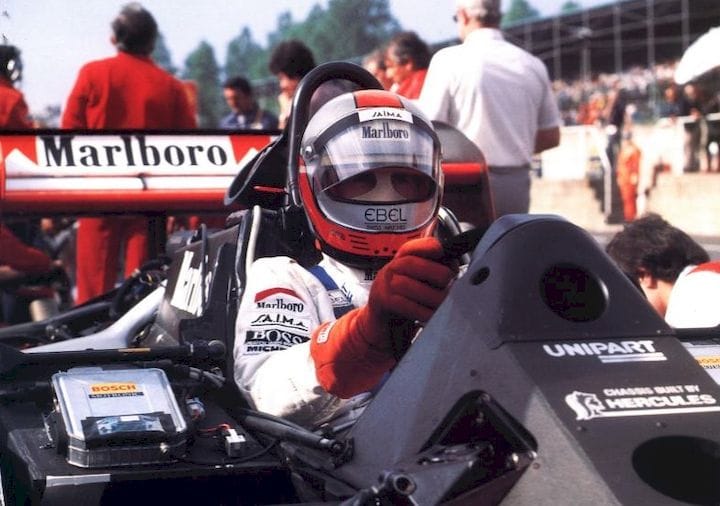![How to design a racing car [Source: Amazon]](https://fabbaloo.com/wp-content/uploads/2020/05/image-asset_img_5eb09c83489bb.jpg)
This week’s selection is “Engineer to Win” by Carroll Smith.
This book is about race cars. Specifically, the engineering of them.
Racing has long been a sport, even before automobiles were invented. But since then the key to winning has often been having better engineering than the competition.
Today’s professional racing cars are incredible feats of design and engineering. They provide the ultimate in performance, while all the time remaining within the parameters set by the racing agencies. This is a very difficult engineering challenge, but one that many are attracted to.
While this book is not particularly about the most advanced current state of motorsport design (published in 2010), it does cover the absolute basics of designing racing cars.
It begins with several chapters discussing the metallurgy associated with racing vehicles. Metal is the foundation of motorsport, as the vehicle frames and many components are made from different metals.
There is discussion of how these metals act in a racing scenario, specifically how they can deform under heat and pressure, as well as how they can break when facing iteration fatigue.
But parts are not a vehicle until they are fastened together, and that comprises two entire chapters of this book, where riveting, welding, bonding and threaded fasteners are discussed in detail.
Following the basics, the book reviews multiple subsystems found in racing vehicles, including plumbing, brakes, shock absorbers, gearbox, suspension, wheels and more.
My thought is that many readers of this publication are interested in automotive pursuits, in addition to their interest in 3D printing. I believe that 3D printing could be of particular interest to those designing and constructing racing vehicles. While this book does not specifically discuss 3D printing, its use in certain areas of construction could become evident by anyone familiar with the technology.
You can’t build 3D printed parts for a system unless you understand the system first.
Via Amazon











This week’s selection is “3D Printing Projects” by Dorling Kindersley, a.k.a. “DK”.